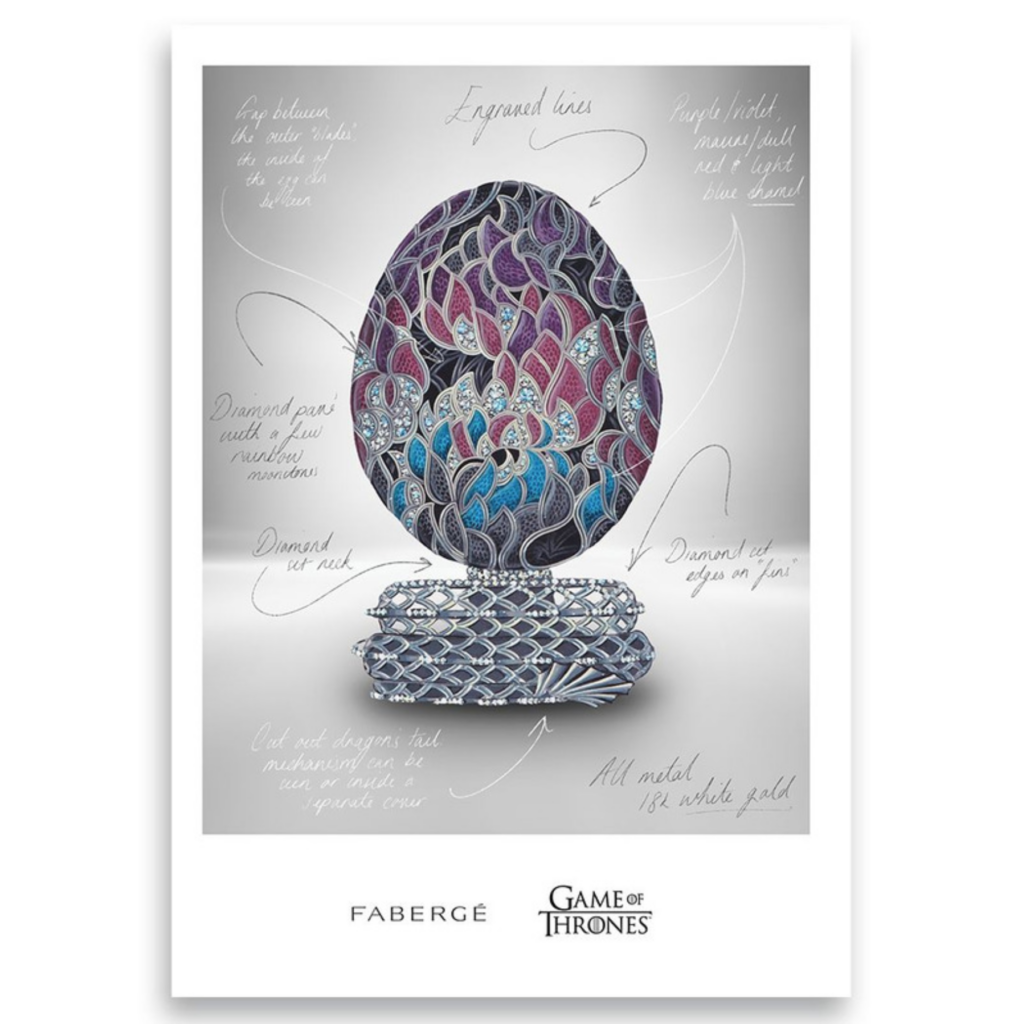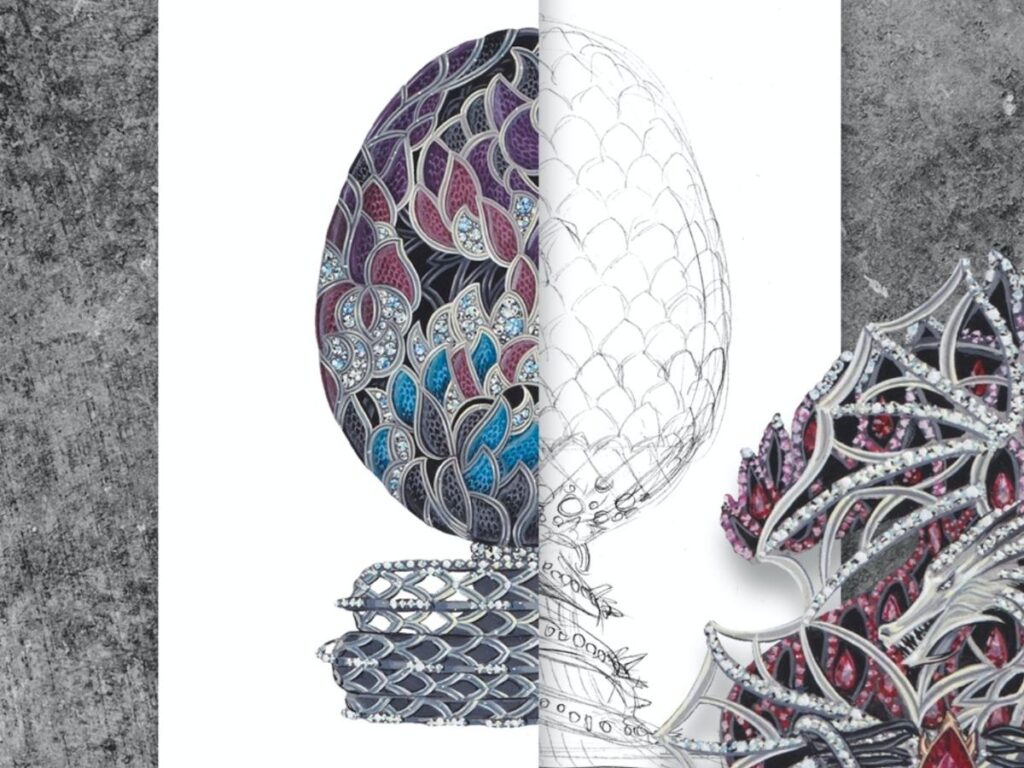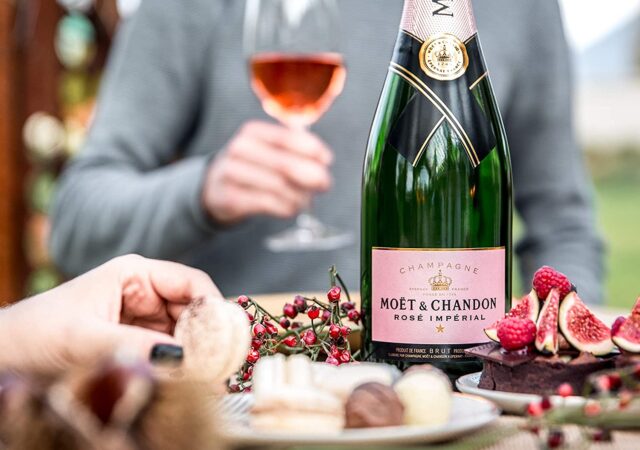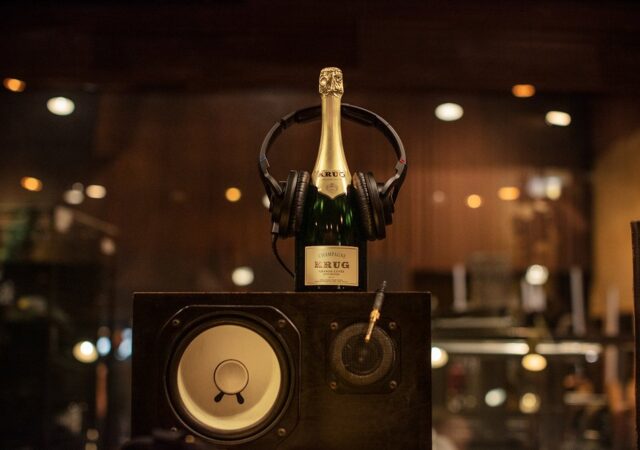Being able to revisit the 2003 vintage and intimately discover its plenitude is truly a gift. Even more than when the champagne was first released in 2010, this is a chance to share the creative venture that has always nourished Dom Pérignon’s quest.
2003 is a year that will remain forever ingrained in the memory of Champagne, the year when everything changed. While the effects of climate change had been observed since the late 1980s, they became brutally tangible in 2003, definitively capturing our collective attention.
The combination of a severe frost in the spring – resulting in the loss of 70% of the potential chardonnay grape harvest from the Côte des Blancs – and a scorching August heatwave that people still recall, imposed the earliest harvest in the history of Champagne since 1822. Champagne began to pick grapes on August 21 amidst total surprise and great precipitation. The grapes harvested were perfectly ripe and healthy. Too healthy, one might be tempted to ask…? Like 2010, and indeed like all extreme and atypical vintages, 2003 dictated an engagement with the rhythms of nature and taking risks. Rather than submission, bold and creative action made it possible to exist and express the uniqueness of the year.
2003 perfectly illustrates Dom Pérignon’s conception of taking risks
This is not recklessness, but quite to the contrary an approach inspired by intuition. A spark ignited when knowledge is applied to face the reality of a situation. The spark that leads to unexplored technical paths to reach a precisely articulated aesthetic ideal. This is exactly what Dom Pérignon did in 2003. For the first time, the juice was allowed to oxidize and darken in the press, thus lightening the overly imposing tannic structure. Then the pinot noir was increased to previously untried proportions in our assemblage in order to balance the chardonnays, which had a character that was more Burgundy than Champagne.
Dom Pérignon was one of very few houses to interpret 2003. And now Dom Pérignon Vintage 2003 Plénitude 2 offers a chance for a new experience of this vintage, a rereading of history.
Since 2003, Dom Pérignon has accompanied nature and assimilated changes in the Champagne region’s climate. The Maison has seized an opportunity to trend towards an ever-greater intensity in its champagnes while taking up the challenge of preserving freshness.
Grape harvests in recent years have validated the forward-looking choices made in 2003, enabling Dom Pérignon to pursue a trajectory of long-term engagement with structural changes in its viticulture and oenology practices.
Vintage 2003 and Vintage 2003 Plénitude 2: a compelling dialogue
It took eight years of elaboration for Dom Pérignon Vintage 2003 to reach its desired harmony. Then, even more, patient waiting was necessary to elevate this vintage to its second life after a full 17 years of maturation.
The bouquet of Dom Pérignon Vintage 2003 reveals itself in a spiral. It expresses the rich and meaty maturity of freshly picked apricot. Floral notes accompany candied fruit. The palate is physical, vertical and deep, with the characteristic minerality of the vintage.
Additional years of maturation affirm the Dom Pérignon signature
The second life of the Vintage 2003 has an insolent freshness. Transferring their energy, the lees have infused it with vibrancy. The enveloping flow is magnified by an unabashed embrace. The elegantly bitter finish of the Vintage 2003 has elongated. The taste persists, lasting as a new saline sensation creates an even more flavorful dimension on the palate.











